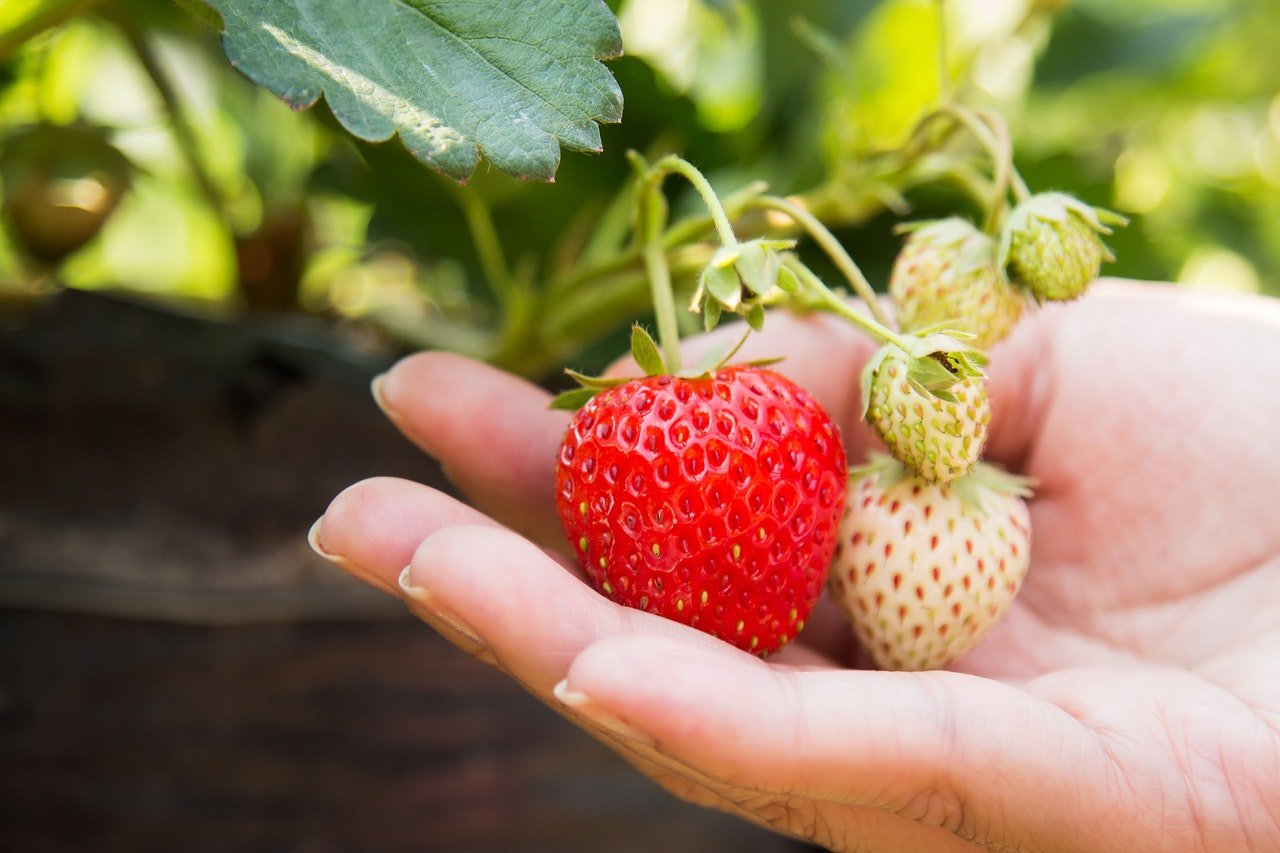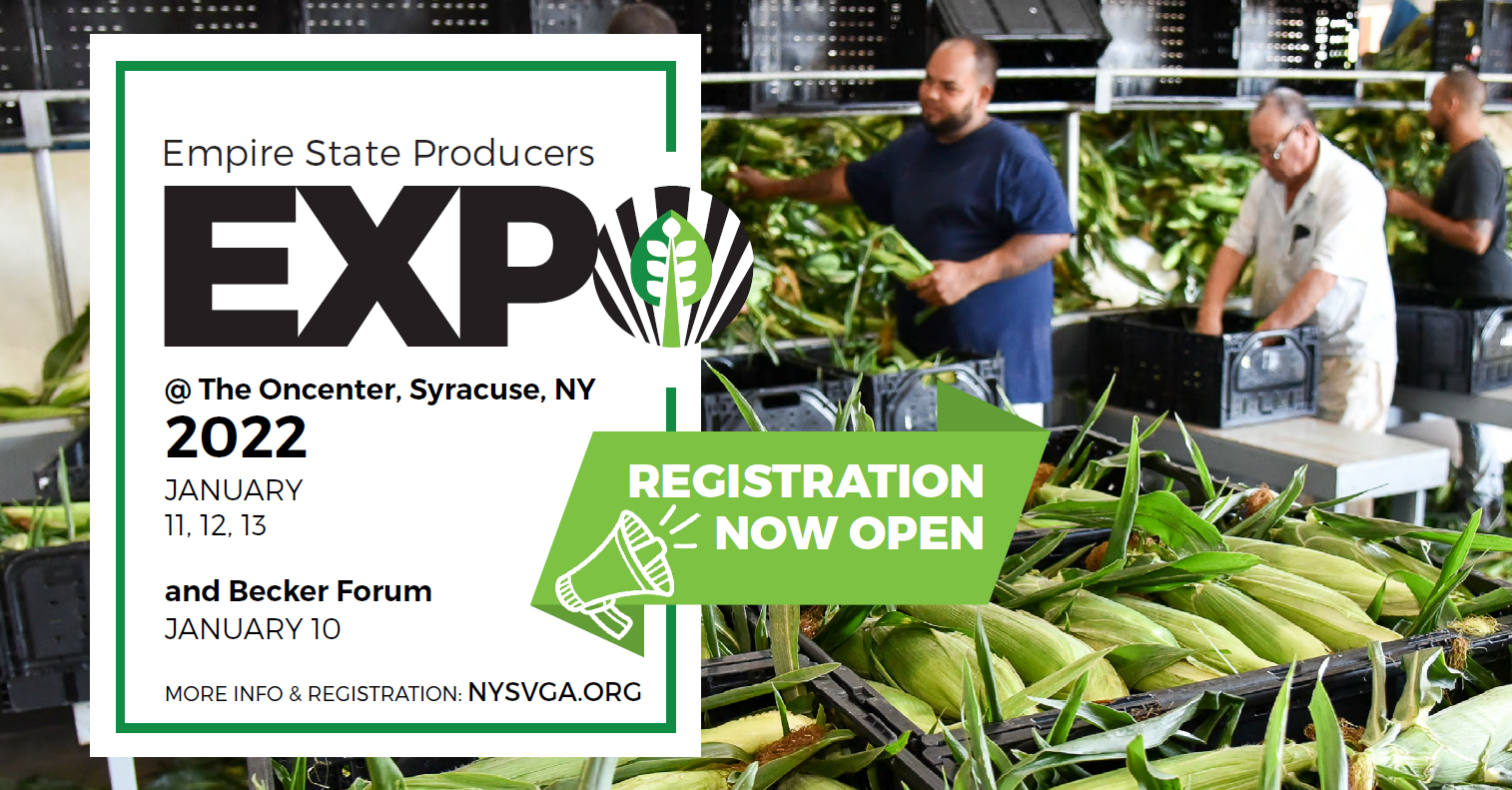In celebration of Earth Week, NYS goverment has announced a milestone in land conservation.
The Farmland Protection Implementation Grant (FPIG) program has helped preserve more than 107,000 acres of New York farmland through completed conservation easement projects totaling more than $250 million on nearly 370 farms. The program is in line with national efforts to conserve at least 30 percent of U.S. land and water by 2030.
"Supporting New York's farmers starts with protecting the farmland they use to feed communities across the state," Governor Hochul said. "Through the New York Farmland Protection Program, we are conserving land that will provide food security to New Yorkers today and bolster future generations of farmers tomorrow. My administration is committed to continuing to address the needs of New York farmers and ensuring the long-term sustainability of our agricultural industry."
The announcement was made at Mulligan Farm, a fourth-generation dairy farm in Avon, Livingston County, and the first farm to use the Farmland Protection program in Livingston County. The Department of Agriculture and Markets awarded Mulligan Farm $1.3 million in 2008 and $1.5 million in 2021 through the FPIG program, which resulted in seven conservation easements, protecting a total of 1,800 acres of land in Avon, Livingston County and Rush, Monroe County from future development. The conservation easements were completed with the assistance of Genesee Valley Conservancy. The Mulligan Farm was the first conservation easement Genesee Valley Conservancy completed and is also one of its most recent.
In Livingston, Monroe, and Wyoming Counties alone, 18,750 acres across 19 farms have been protected through the FPIG program and Genesee Valley Conservancy's partnership. An additional 11,000 acres of protected land is pending. So far, a total of $55 million in grants from the program have been invested or committed to in the area.
Approximately 20 percent of the state's land area, or nearly 7 million acres, is farmland. The Department's Farmland Protection Program provides financial assistance to counties, municipalities, soil and water conservation districts, and land trusts to enable them to implement farmland protection activities consistent with local agricultural and farmland protection plans. The most frequently funded activity is the purchase of development rights on individual farms. However, the program also awards funding to land trusts and land conservancies to enable other implementation activities, such as amendments to local laws affecting agriculture, option agreements, and covering the transaction costs of donated agricultural conservation easements.
In the most recent round of the State's Farmland Protection program, Round 18, critical adjustments were made to the program's eligibility and focus. For the first time ever, projects were awarded that support the State's top priorities, including food security, climate resiliency, and source water protection. In addition, eligibility criteria for the program was expanded to include the agroforestry, equine, and wine sectors, reflecting New York's diverse agricultural industry. Previously, the State launched the Dairy Transitions Farmland Protection Initiative to provide dairy farms the opportunity to diversify their operations or transition their farm to the next generation at a more affordable cost while ensuring the land forever remains used for agricultural purposes. In addition, the State also subsequently launched the Farm Operations in Transition Farmland Protection Initiative to similarly provide other types of farm operations - those challenged by trade policies or the effects of climate change - the same opportunity to diversify or transition ownership to the next generation.
The Governor's Executive Budget proposes to continue to fund the Farmland Protection program at $21 million, through the Environmental Protection Fund.
New York Farm Bureau President David Fisher said, "Protection of farmland is critical in ensuring the continued success of farming and food security in New York State. Our state's farmland protection program is unparalleled in its mission and protecting 100,000 acres of farmland is truly an environmental milestone. I look forward to seeing another 100,000 acres protected in the future."


























